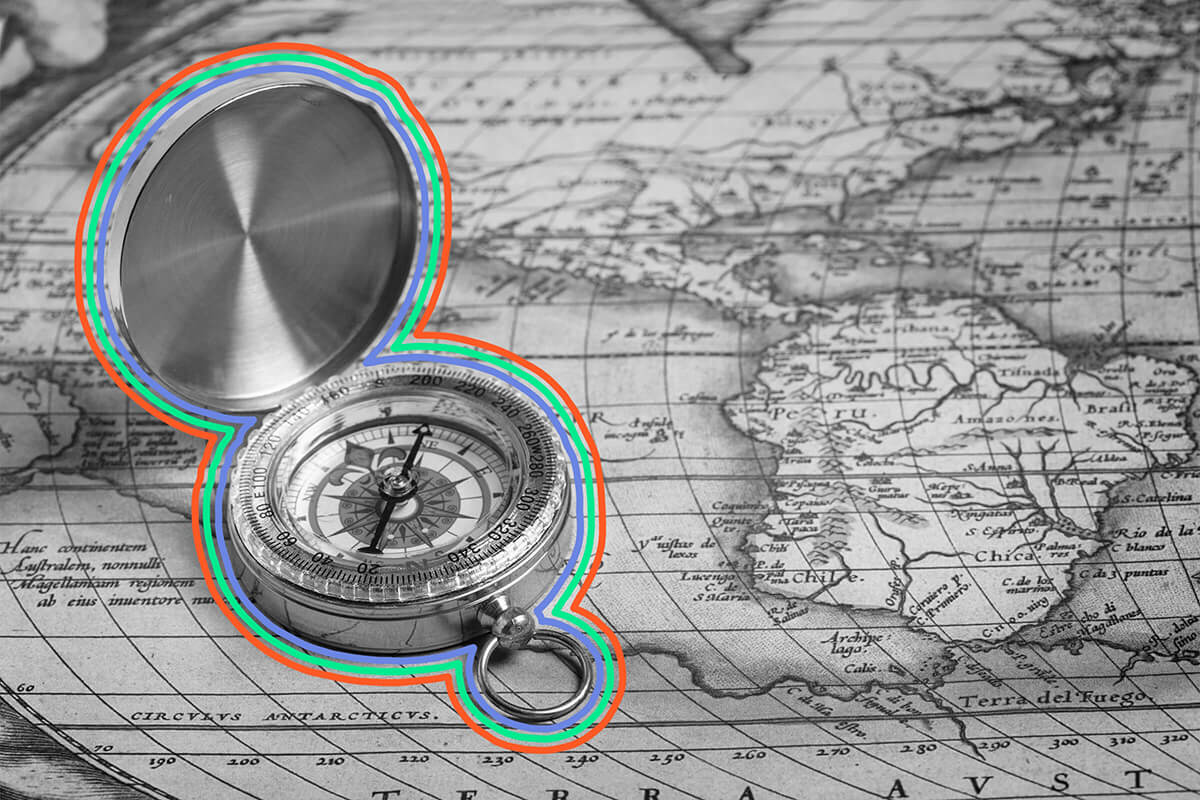Why old credit cards couldn't get wet
Credit cards were originally made of cardboard. |
Science & Industry |
 |
| |
The Diners' Club was a hit, and a number of companies followed suit. One of them was American Express, which introduced a paper credit card in 1958 and the first plastic credit card a year later. The new material was more durable than its predecessors and also more fraud-resistant, as the letters and numbers were raised rather than simply written. Diners' Club, which amassed 42,000 members within its first year and 1 million by 1959, was acquired by Citibank in 1981 and has been owned by Discover since 2008. |
| By clicking a link in this email, you're agreeing to our Terms of Use and Privacy Policy. |
 | |||||||||
By the Numbers | |||||||||
| |||||||||
| |||||||||
 | |||||||||
| |||||||||
Most women couldn't get a credit card until 1974. | |||||||||
Prior to 1974, applying for and receiving a credit card was an uphill battle for women. Married women only received them under their husband's name, and single women almost always needed a male relative to cosign their applications. Banks were well within their power to deny female applicants even if they were fully capable of paying off a credit card on their own. That came to an end when Congress passed the Equal Credit Opportunity Act (ECOA) in 1974, which banned the practice of discriminating against a prospective borrower on the basis of sex — language made famous by a brief cowritten by Ruth Bader Ginsburg for the 1971 Supreme Court case Reed v. Reed. | |||||||||
 | |||
Recommended Reading | |||
 | |||
Arts & Culture | |||
| |||
 | |||
Famous Figures | |||
| |||
| + Load more | |||
| |||||||||||||||||||||||||||||||||||||||||||||||||||||||
| |||||||||
| 325 North LaSalle Street, Suite 200, Chicago, IL 60654 | |||||||||








0 Response to "Why old credit cards couldn't get wet"